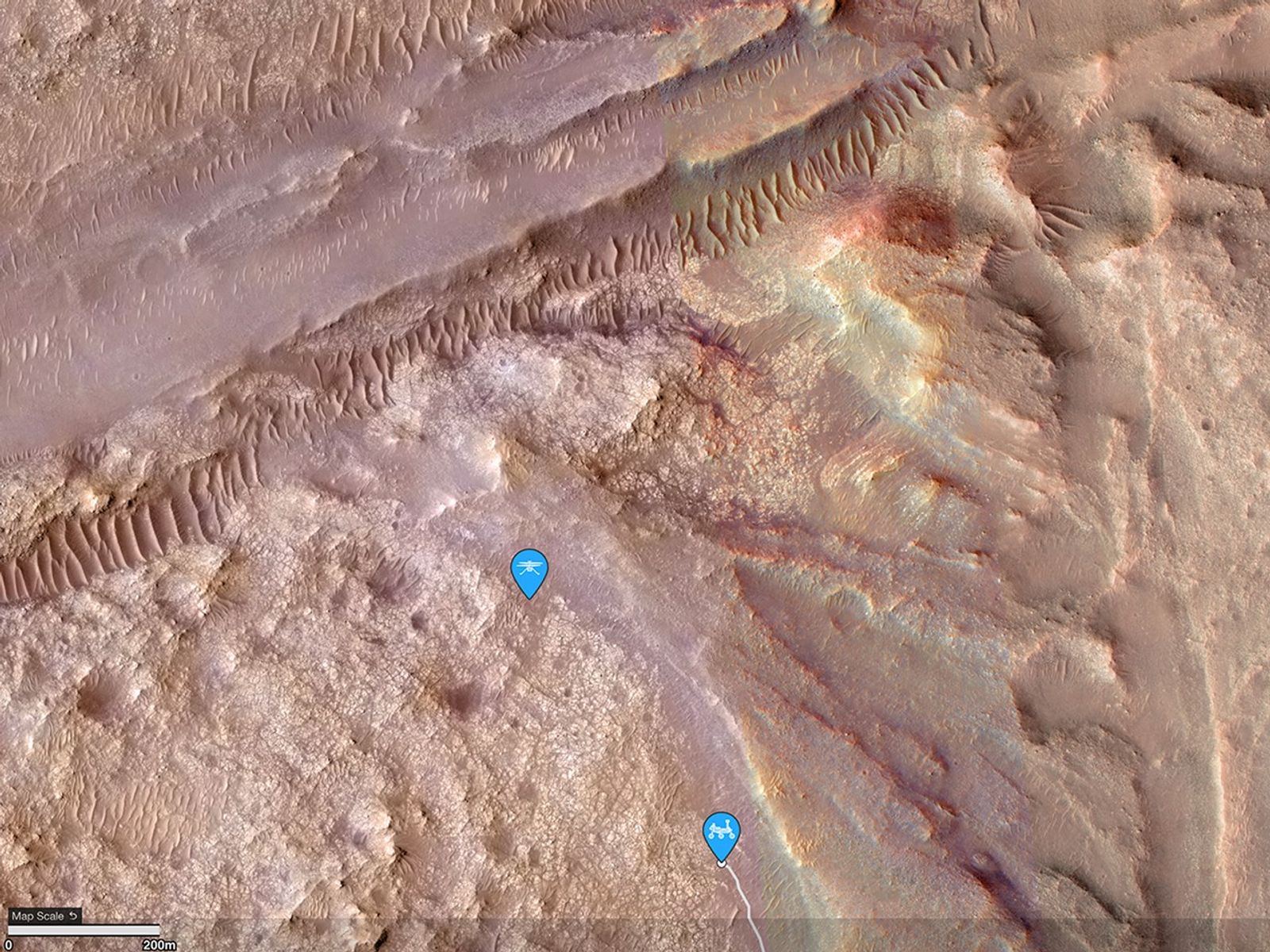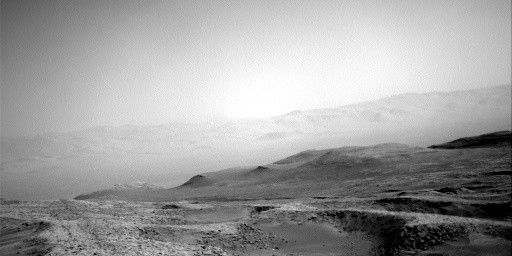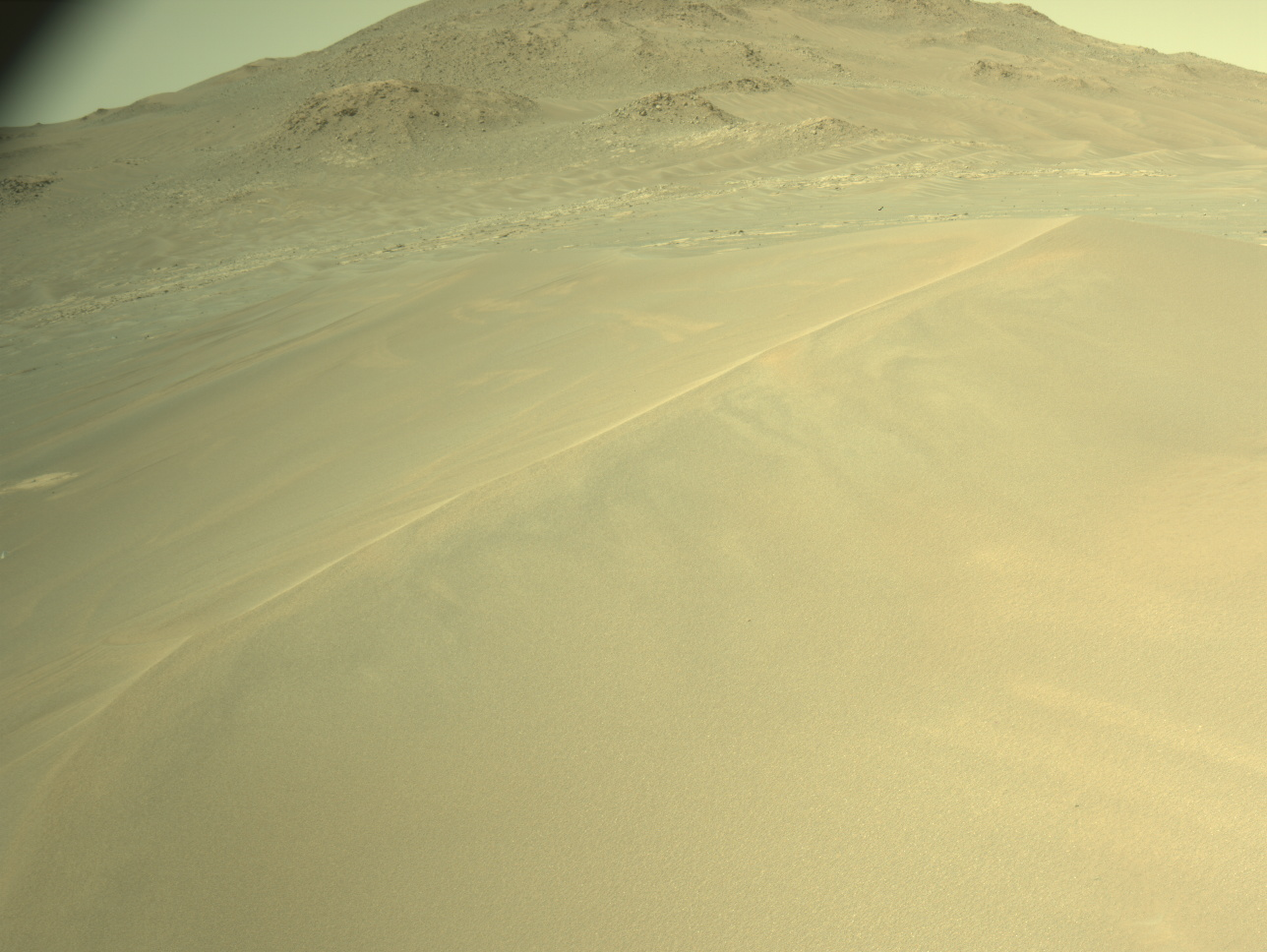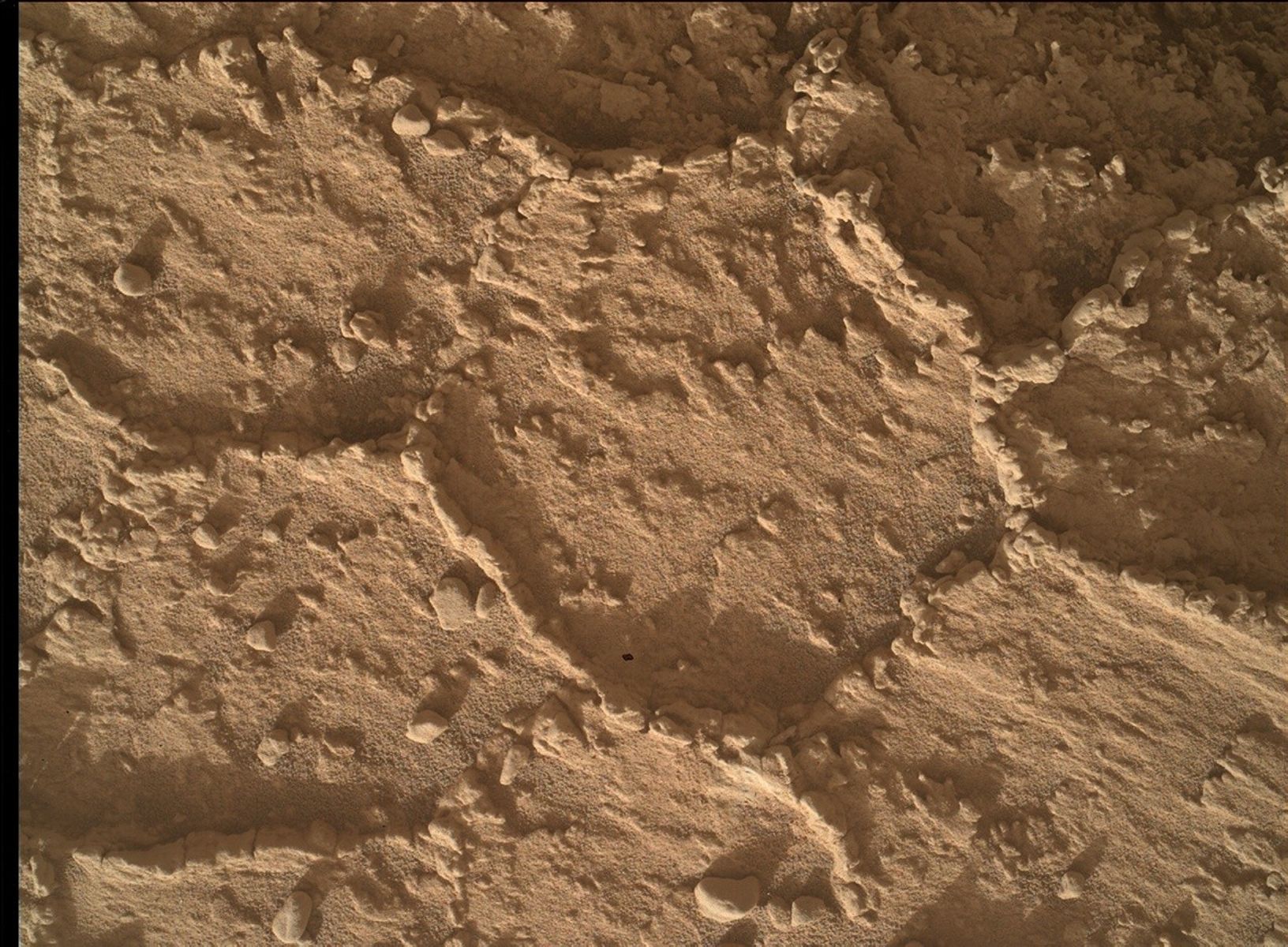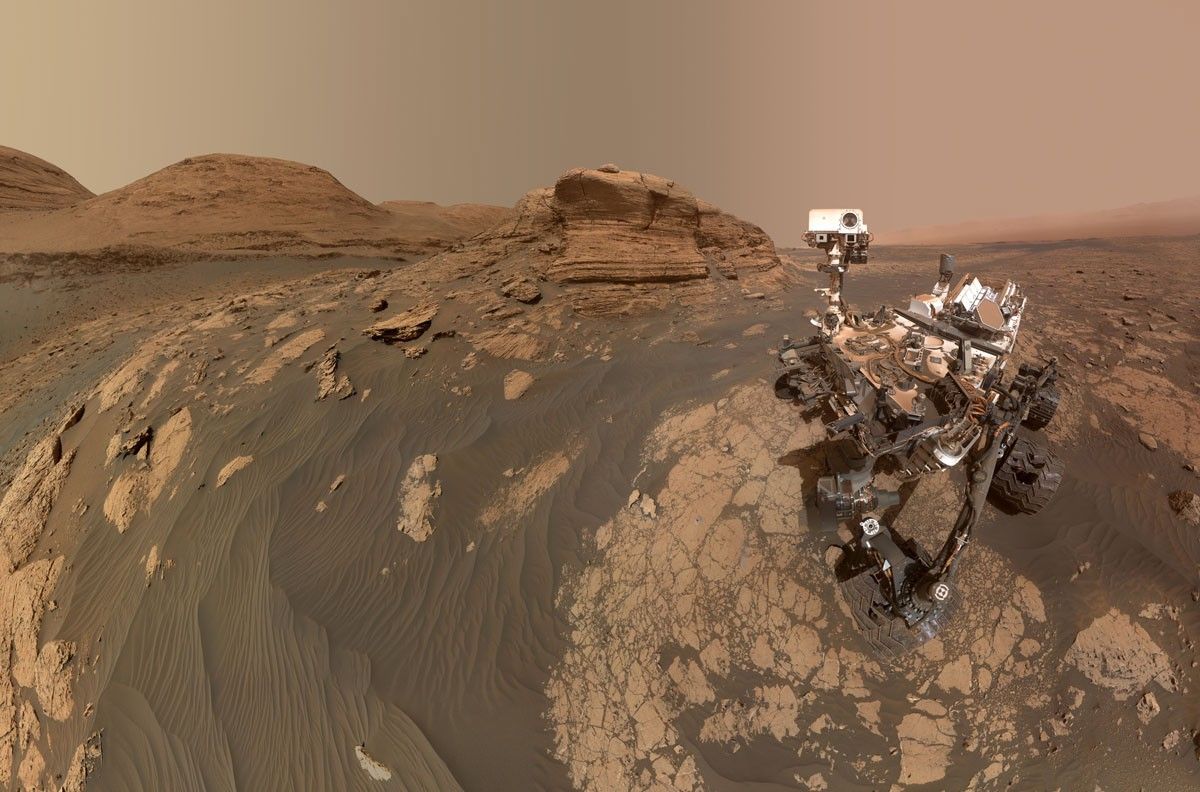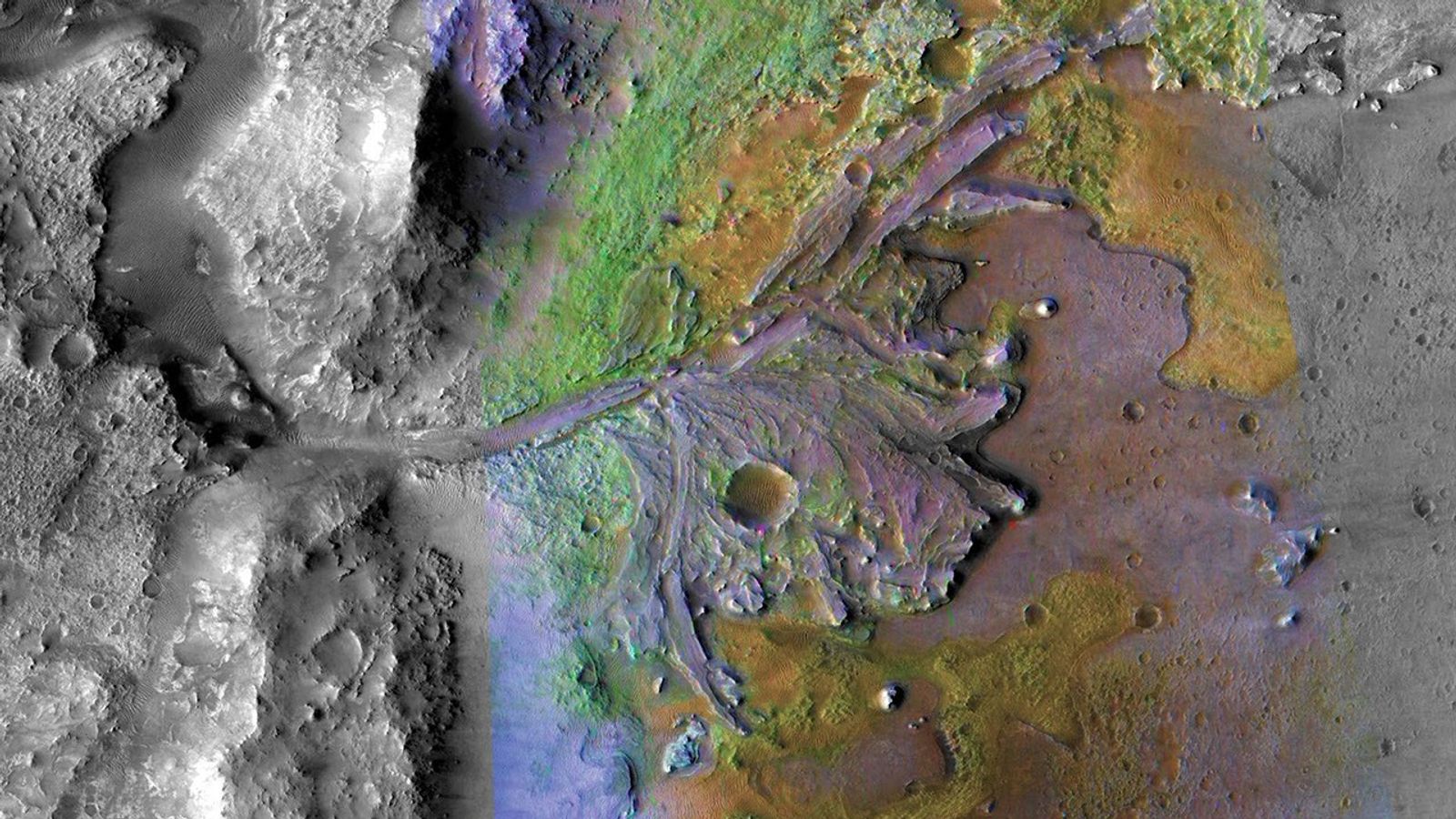The Perseverance rover is always on the move! With our first core sample of the margin unit in hand, we’re already plotting course to our next stop in the Margin Campaign. One of our future destinations is a location named “Jurabi Point” that the team’s scientists have been eagerly waiting to explore even since before landing.
First though, we’re wrapping up investigation at our current workspace. As we continue to digest the data collected by our proximity science instruments from the first margin unit abrasion, we have performed a short drive we call a ‘bump’ to a nearby region of interest. Images taken by the Mastcam-Z camera show some curved features in the rock here. We hope a brief investigation of this site using our remote science instruments like SuperCam will shed light on the sedimentary structures and weathering history of the margin unit. Then we will begin our approximately 1 km drive north to “Jurabi Point”.
What makes “Jurabi Point” so scientifically interesting? Well, its what geologists call a ‘triple-junction’: a place where three geologic units meet. Specifically, it’s where the boulder-rich unit, upper fan sedimentary rock, and margin unit intersect. Exploring the contacts between these three units will help us clarify their age relationships, whilst also giving us another chance to study and possibly sample a boulder after our previous attempt was unsuccessful.
Once we’ve completed our study at the “Jurabi Point” triple-junction, we then plan on heading west, documenting changes in the margin unit as we drive uphill. We’ll conclude the Margin Campaign by driving down into Neretva Vallis for the first time – the river channel which feeds the western fan – in order to investigate an enigmatic light-toned rock unit exposed within the channel wall.
Written by Athanasios Klidaras, Ph.D. Student at Purdue University



























